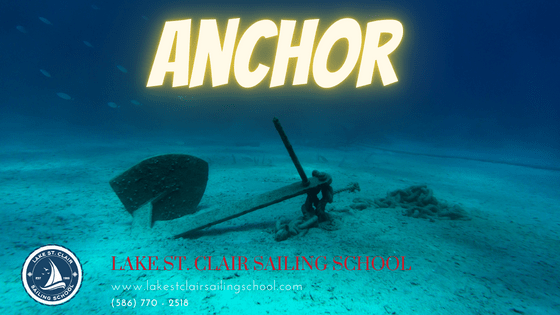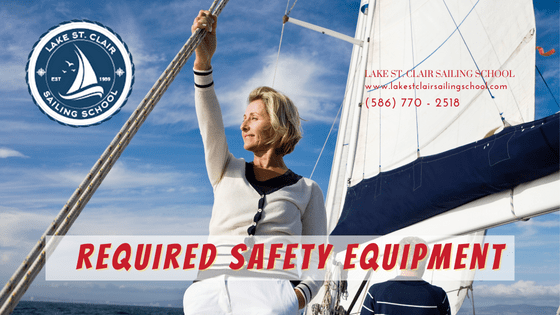Lateral Aids to Navigation
Lateral Marks These show well-established channels and indicate port (left) and starboard (right) sides of the channels. Port marks are a red can shape. At night, a red flashing light may be shown. Starboard marks are a green conical shape. At night a green flashing light maybe shown. Lateral Aids to Navigation generally indicate which side of an aid to navigation a vessel should pass when channels are entered from seaward. In the absence of a route leading from seaward, the conventional direction of buoyage generally follows a clockwise direction around landmasses



